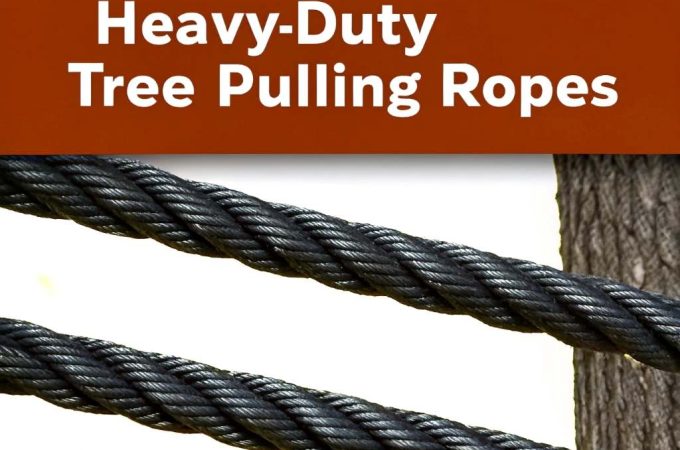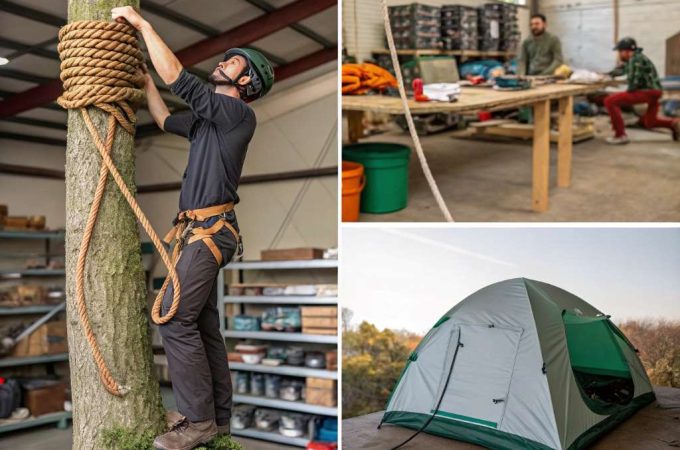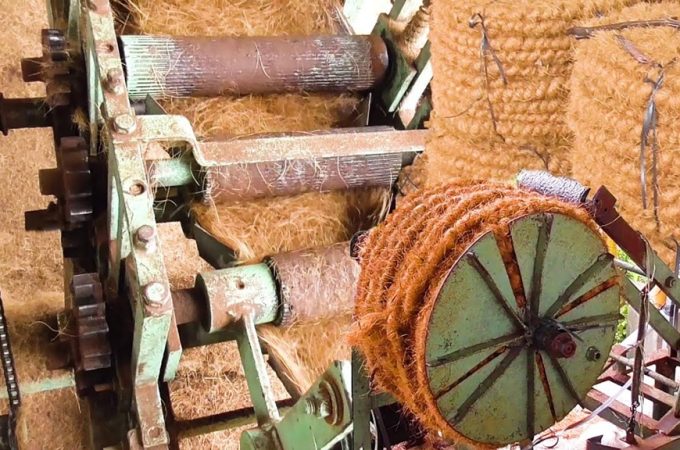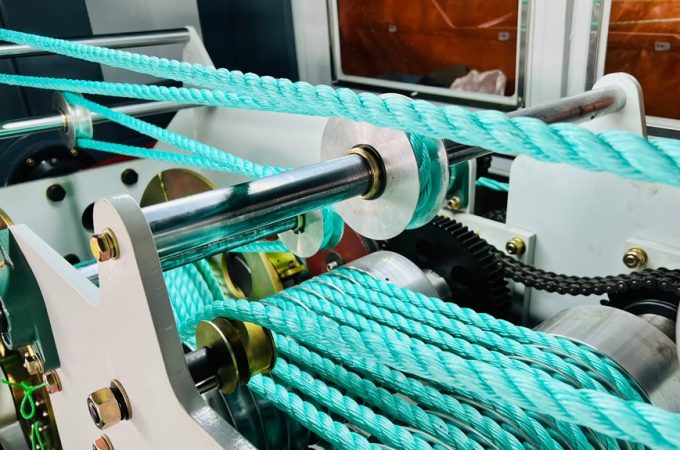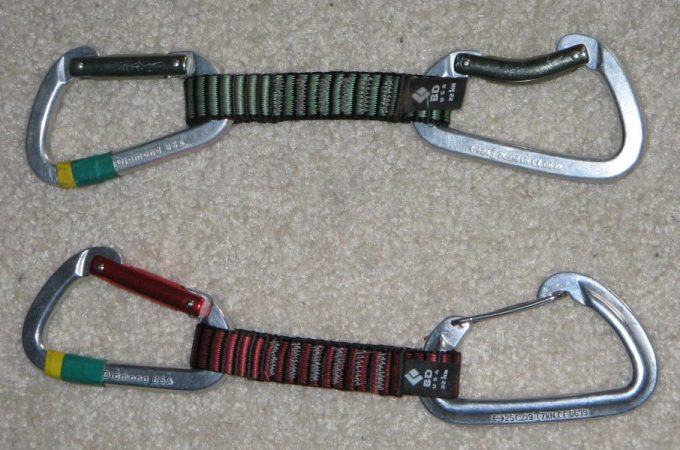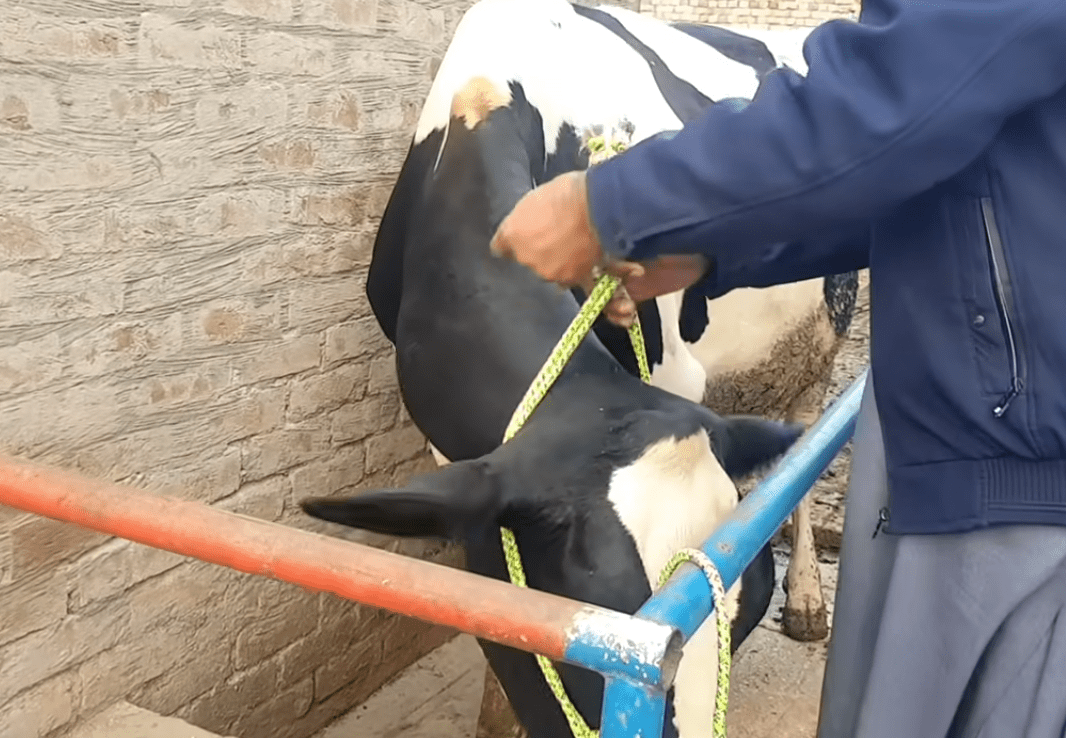
Rope Is The Best Tool For Catching Cattle
If you are a rancher or someone else who spends a lot of time with livestock, this article is for you. It can be hard to keep an eye on our animals in the backcountry we live in. However, with a rope and some patience, things can be very easy compared to what they could have been!
Contents at a Glance
ToggleThe use of rope to catch cattle
A rope catch is a common way to catch cattle. It’s simple, easy to do, and it works. A rope catch uses a loop of rope to trap the animal’s neck. The animal can’t get away, and you can quickly and easily capture it.
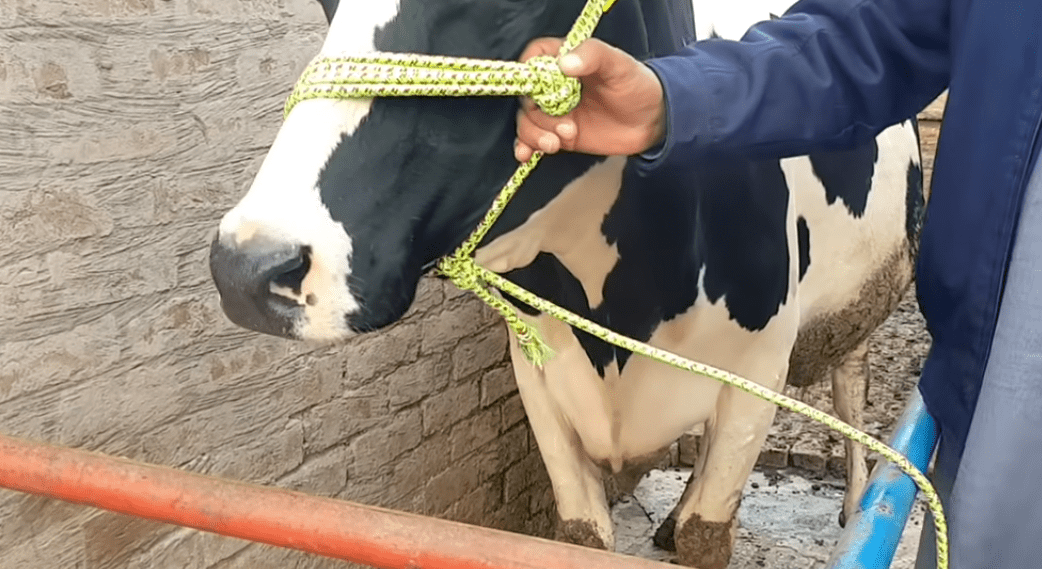
The use of rope to catch cattle is one of the oldest, most effective and most commonly used methods. The rope is a versatile tool that can be used for a variety of tasks on the ranch. Here are four reasons why rope is the best tool for catching cattle:
1. Rope is strong. The rope is made from strong fibers such as cotton, hemp, or nylon, which means it can handle a lot of abuse without breaking.
2. Rope is flexible. This makes it easy to move around and maneuver, which is important when trying to catch cattle that are resisting capture.
3. Rope has a long reach. With its long reach, the rope can easily grab the horns of a resistant animal and pull it in close enough to take a measurement or tag it.
4. Rope is durable. The rope will last for years with little wear or tear if properly maintained.
Types of Ropes
Ropes are an important tool for catching cattle. There are many types of ropes, each with its advantages and disadvantages.
One of the most common ropes is a cowhide line. Cowhide lines are strong but flexible, making them good for catching cattle running or jumping. They also have a smooth surface, which makes them good for catching shy cattle or trying to avoid being caught.
Another type of rope is a man-made rope. Man-made ropes are stronger than cowhide lines and can be made from different materials, such as cotton, polypropylene, or nylon. They are also more flexible than cowhide lines and are good for catching cattle that are stubborn or trying to escape.
The type of rope you use depends on the situation and the type of cattle you’re trying to catch. If you’re new to catching cattle, it’s best to start with a cowhide line and work your way up to a man-made rope if necessary.
How to Make a Rope Catching Experience More Enjoyable
Cattle can be a bit of a nuisance when it comes to getting them to where you want them to go. Fortunately, there is an easy solution: using a rope! Rope can be used in several ways to catch cattle, making the experience more enjoyable for the cattle and the person catching them. Here are four tips for making rope catching easier:
1. Choose the right type of rope. A good rope should be strong enough to hold its weight but not so strong that it becomes cumbersome to use. A cotton rope is ideal for this purpose because it is lightweight and durable.
2. Make sure the rope is well-maintained. Keeping the rope well-oiled will ensure that it works properly and lasts longer. Additionally, ensure that any knots or twists in the rope are corrected before using it.
3. Get creative with your approach. There are many different ways to catch cattle with a rope, so experiment until you find an approach that works best for you and your situation. For example, try using a lasso or bullhook instead of a traditional loop method.
4. Have fun! As long as you use caution and care with your equipment, rope tying should be a fun, exciting experience. You might even learn a new skill that you can use on your next cattle drive!
Conclusion
If you are looking for a tool that can help you catch cattle, then the rope is the best option. The rope has many advantages over other tools when it comes to catching cattle, such as its versatility and how easy it is to use. Not to mention, the rope is an affordable tool that can be used in a variety of settings. So, if you’re looking for a versatile tool to help you catch cattle efficiently and affordably, then rope should be your go-to choice.

